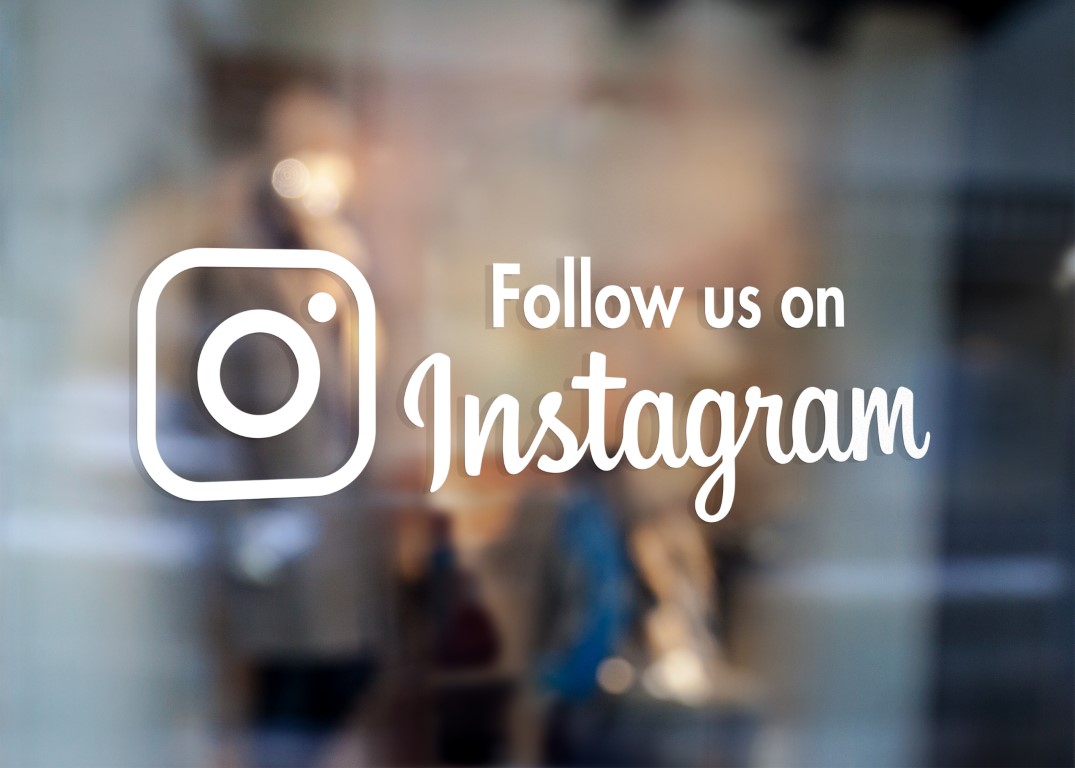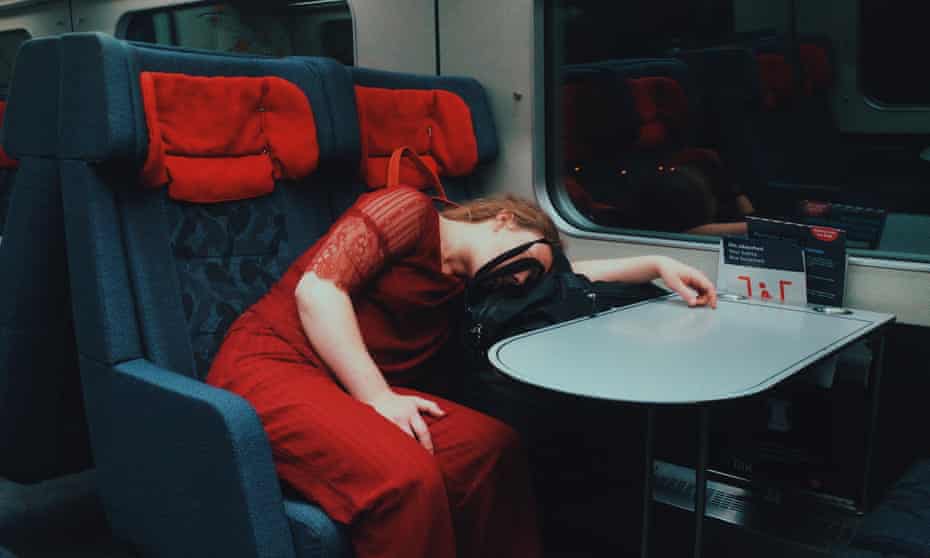
…
In a recent book, women from an often male-dominated discipline talk about their work and their inspiration
…
The Guardian: In 2019, New York photographer Barbara Jane Levine was walking in midtown Manhattan when she saw a snap-worthy opportunity: a woman with unusually retro red hair, standing at the corner of 5th Avenue and 43rd Street.
“The woman had a perfect upswept hairdo, similar to the way my grandmother wore her hair with hairspray and bobby pins,” recalls the photographer.
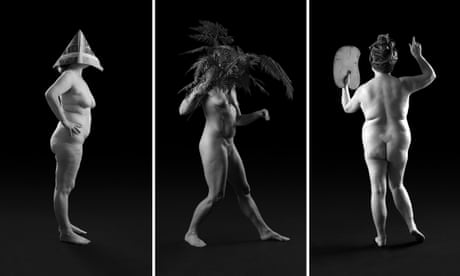
Levine took the photo and in a matter of seconds, the woman was gone. “It’s an image of a fleeting moment, which I observe with no other intent other than to memorialize the scene,” said Levine, who calls the photo Red Upsweep.
…
It’s on the cover of a book called Women Street Photographers, which came out earlier this month with Prestel Publishing. It showcases 100 female photographers who shoot on the streets, pounding the pavement for their best shots, from Paris to Pakistan and beyond. Edited by Gulnara Samoilova, who founded the Women Street Photographers website and Instagram account, it showcases women who captured some of the most memorable fleeting moments in time.
…
“I like to think street photography brings the people together,” said Samoilova. “The more work I see, the more I realize we are only at the beginning of a journey into the female gaze. The more men and women see the world through women’s eyes, the more humanizing and relatable we become to one another, despite our differences.”
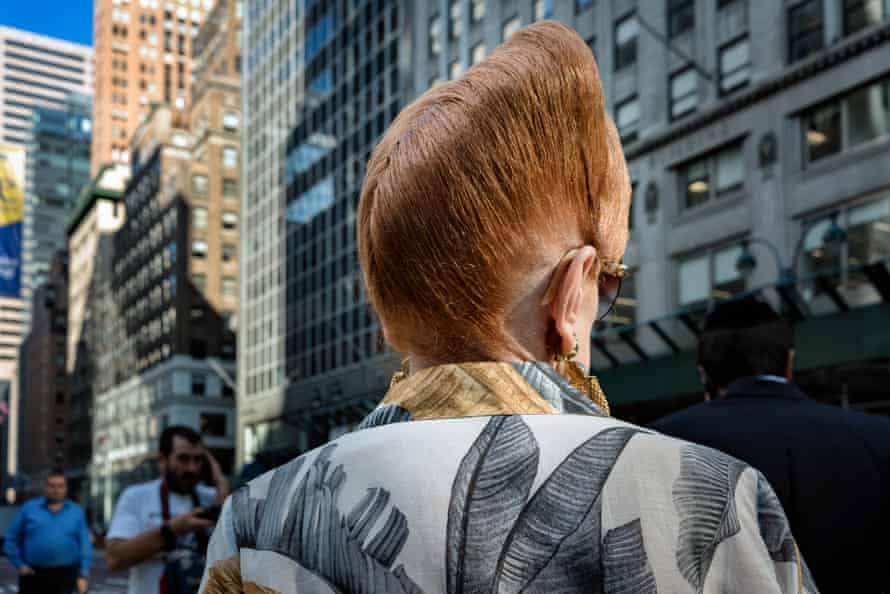
…
It shows that there’s more to street photography than men such as Bill Cunningham, Joel Meyerowitz or Henri-Cartier Bresson, that their often overlooked female counterparts are long past due for the spotlight. Women have been shooting on the streets since photography was popularized in the 19th century.
…
“Each singular being has a story to tell,” said Goldstein. “The camera is transformational; it emboldens and energizes me in a way that nothing else can.” Though she has photographed all over the world, Goldstein does her best work in her home city. “Out of familiarity, comes deeper understanding and emotion,” she said. “This photograph reflects a particular time in my life when I felt quite alone. And yet, one can never be entirely alone in this city.”
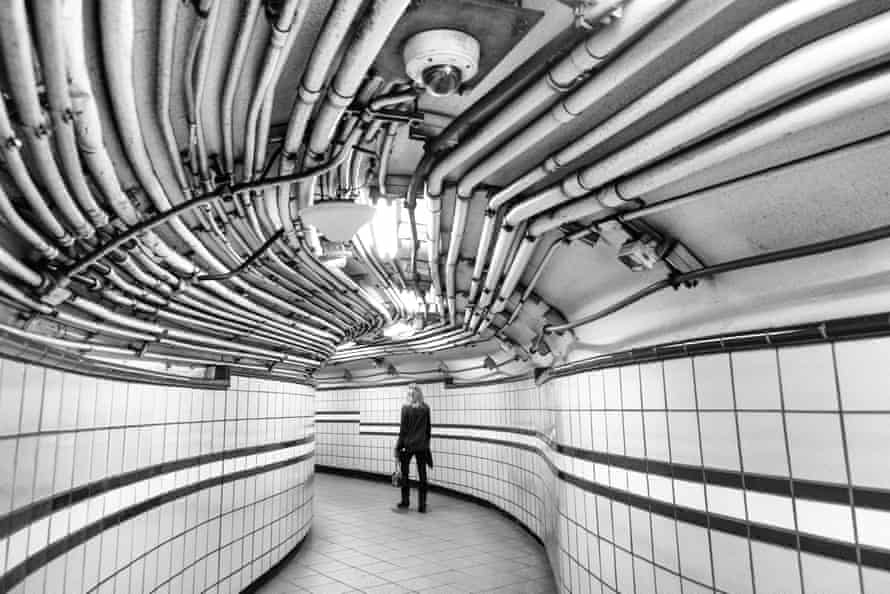
…
Another photo in the book is by Nina Kling, who shot a man crossing Madison Avenue with smoke covering his face. “Street photography is about being in the present,” said Kling. “I love observing people and the challenge of organizing the visual clutter of a busy city into a single, split-second frame while being immersed in everyday life, that is, capturing and documenting the now.”
…
Alexandra took the photo. A few weeks later, it became her most successful yet, winning her awards and being included in many exhibitions.
…
“That positive resonance gave me encouragement to live through the sad time I was having but the most inspiring was the lesson I learned from it,” said Alexandra. “Life can be a gloomy place sometimes, but even in these moments there is a light inside of me that will guide me out of the darkness, if I am brave enough to follow it.
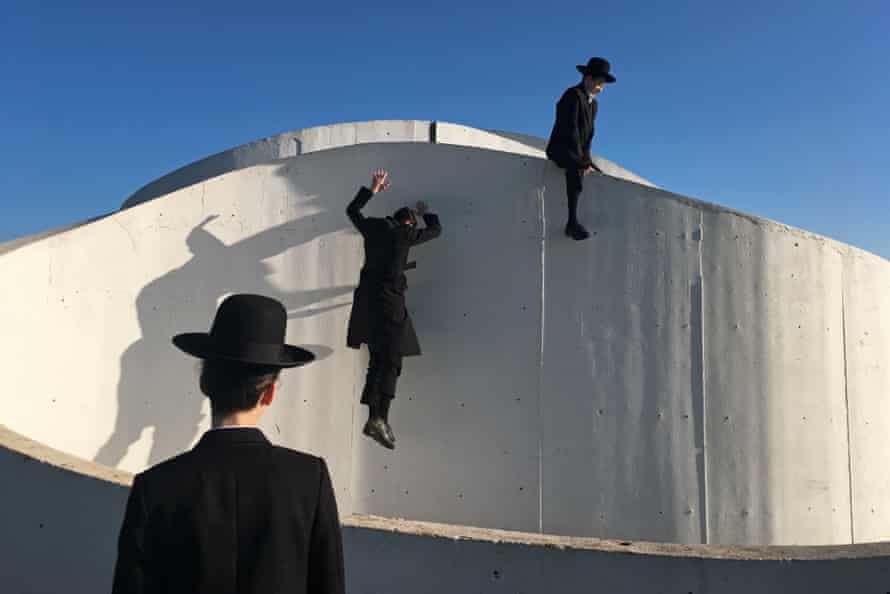
…
Among the other highlights in the book, there are photos of portraits, group shots, street scenes and closeups. In one, a hand is captured under stark sunlight by Michelle Groskopf, in such a gentle pose, it could be mistaken for a Michelangelo painting. In another, a fleet of birds fly above a shadowy figure by Dimpy Bhalotia, shot from below. Street style is the focus of two stylish dandies shot by Dominique Mishrahi, wearing fur coats and sunglasses, while Efrat Sela captures a group of men crawling over a modern piece of architecture.
…
To Levine, each photo is a diary of the moment. “Oftentimes, these candid images on the streets are reminders of parts of my life that are locked away within my mind, or those which were simply forgotten,” she said.
…
It’s also a map of her explorations, urban adventures, as a photographer. “New York has been a place that I can wander the streets relatively inconspicuously and feel as if I am part of a bigger society,” Levine said. “The simple pleasure of observing both mundane and exotic moments feed my continual desire to explore neighborhoods and places that are outside my day to day.”
…
Fearless, investigative journalism shapes a fairer world. At the Guardian, our independence allows us to chase the truth wherever it takes us. We shed light on corruption, expose injustice and incompetence, and boldly tell the stories of people and power that the world needs to hear. We’ve upheld our reputation for quality investigative reporting for 200 years, and it’s been read by tens of millions of people. Our vital work is now funded by more than 1.5 million supporters in 180 countries.
We have no shareholders and no billionaire owner. Just the determination and passion to deliver high-impact global investigations, always free from commercial or political influence. Reporting like this is vital for democracy, for fairness and to demand better from the powerful.
And we provide all this for free, for everyone. We do this because we believe in information equality. Greater numbers of people can keep track of global events, understand their impact on people and communities, and become inspired to take meaningful action. Millions can benefit from open access to groundbreaking investigative reporting, regardless of their ability to pay for it.
If there were ever a time to join us, it is now. Every contribution, however big or small, protects our independence, powers our journalism and sustains our future. Support the Guardian from as little as $1 – and it only takes a minute. Thank you.


